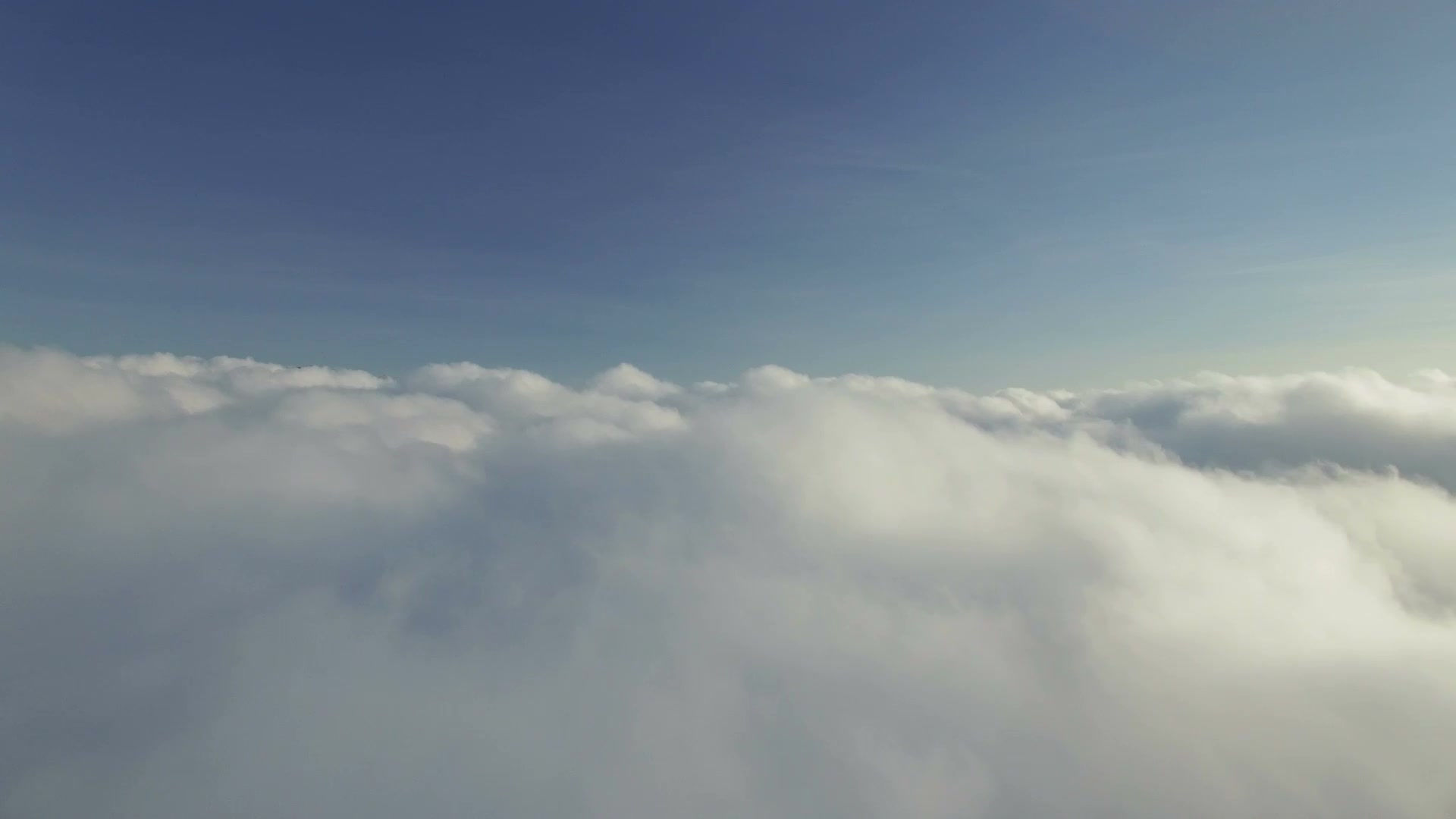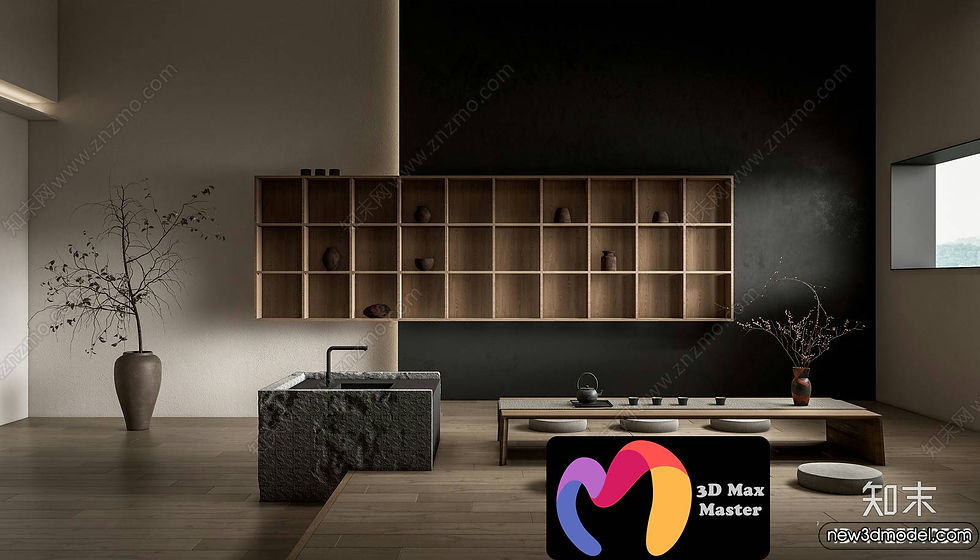Understanding UV Mapping in 3D Design
- 3dmaxterusa
- 18 thg 6
- 1 phút đọc

UV mapping is the 3D-design process that takes a 3D model's surface and "unwraps" it into a flat 2D layout so textures—like wood grain, fabric patterns, or skin details—can be applied accurately. Think of it as wrapping a gift: the 2D "paper" (texture) must align perfectly around the object.
How It Works (3-Step Process)
1. Unwrapping: You define seams and flatten the 3D surface into UV islands on a 2D plane.
2. Assigning Coordinates: Each point on the 3D mesh gets mapped to a point on the 2D texture.
3. Texturing: The texture is then applied using that UV layout—this ensures precision without stretching or distortion.
UV Mapping Techniques
- Planar – Flat projections, ideal for walls or floors.
- Cylindrical/Spherical – Best for rounded objects like cans or heads.
- Box Mapping – Acts like six-sided wrapping; great for furniture or simple boxes.
Why It Matters
Good UV mapping means realistic, distortion-free textures and better use of texture space—which helps performance in games, film, architecture, and product design.
Want to master UV mapping and bring your 3D models to life? 👉 Check out the full article on our website: https://3dmaxter.com/blog/3d-model/what-is-uv-mapping/ 3DMAXTER
Address: 95-38 Queens Blvd, Rego Park, NY 11374, USA
Phone: +1 (929) 450-2898
Website: https://3dmaxter.com/
🌐 Follow social:
Pinterest: https://www.pinterest.com/3dmaxter1/
Twitter: https://x.com/3dmaxter




Bình luận